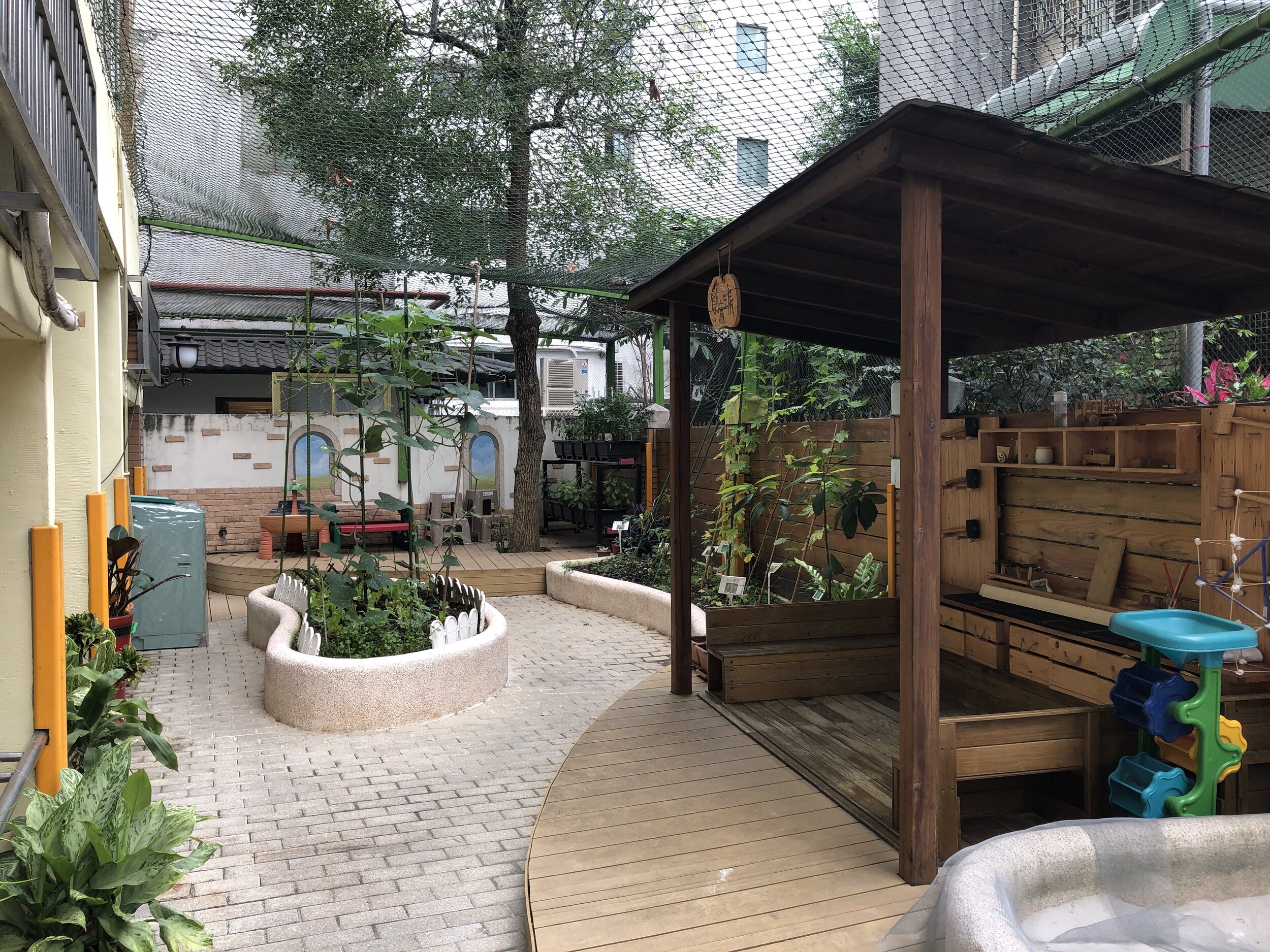Adolescence is a time when the human body and mind undergo tremendous change. The million-dollar question for middle school teachers is how to balance high academic pressures and children’s developmental needs.
Fortunately, a group of children under the guidance of Montessori-trained educators are working to achieve that balance. These children have developed almost computer-like ability to sift through and synthesize information. Moreover, they have the opportunity to learn the art of socializing through the experience of boarding. According to Chen Hui-Chun (Chen), director of the Green Shepherd Montessori Elementary School in Taichung, “conventional education focuses on the assessment of teaching results through homework and exams. Montessori education works through teacher demonstration and group discussion of a concept. It doesn’t offer one correct answer to any question. On the contrary, students are encouraged to find their own answers through the process of preparing oral presentations, in which students can share their findings with others.”
Montessori is an aid for neurological development
“Every child is a genius. It’s just that often times, different education methods may overshadow their brilliance,” describes Chen. When Chen’s son was in preschool, he questioned why Seran wrap clung to surfaces but not to hands. When a six year-old child asks a question, which requires high school physics to solve, Chen explains that as the adult, she cautiously & closely worked with her son to discover the answer together. In order to provide her son with room to learn more freely, Chen begins to explore Montessori elementary school education. Little did she know that this choice will later change the path of her career.
At the time, Chen was working as a medical technician specializing in cytopathology. When her son received Montessori education in early childhood, Chen recognized that this type of learning clearly aided neurological development. In 2013, she funded her own tuition and attended the AMI Montessori Elementary Teacher Training program, diving into the field of education.
“Initially, there weren’t any organizations like Y2 Foundation for Future Education. Most teachers took out loans to pay for their training,” expressed Chen. She decided to take the elementary Montessori course, because she was interested in its core concept of “cosmic education.” She wondered how the teacher can, at each stage of development, motivate the students to willingly learn through repeated practice—all the while engaging the children’s learning and interest to build a solid academic foundation. This way, the students can make a smooth transition to secondary school, where learning is much more abstract.
Different goals for different stages of education
“Fortunately through the Foundation’s sponsorship, I am able to attend the AMI/NAMTA Orientation to Adolescent Studies program in 2018, which enabled me to have a more comprehensive and macro level understanding of the Montessori Method. Through discussions and working with teachers at the Green Shepherd Montessori Elementary School, we made adjustments to how to implement Montessori theories. Whereas in elementary school the goal is to inspire interest, in the middle school curriculum, we incorporate interdisciplinary and practical application of various subjects to project-based learning, where students can practice and participate in civil society.”
During her time training abroad, Chen saw that the children of Taiwan will face global competition. Both the challenges and opportunities awaiting them are unknown. According to Chen, “adults, therefore, should be guides rather than teachers.” Dr. Montessori believed that every child has an inner teacher, who guides the child to self-learn. Teachers are encouraged to spend more time to observe children and provide only the necessary guidance and resources.
Montessori education has been practiced around the world for over a century. Today, it offers the gift of enabling children to develop the ability to identify resources and acquire a macro perspective within their own surrounding environment. Through ”place-based learning,” the Montessori Method prepares children’s character and skillset so that they are ready for globalization in the future.
This article is an excerpt from Y2 2019 Annual Report.






